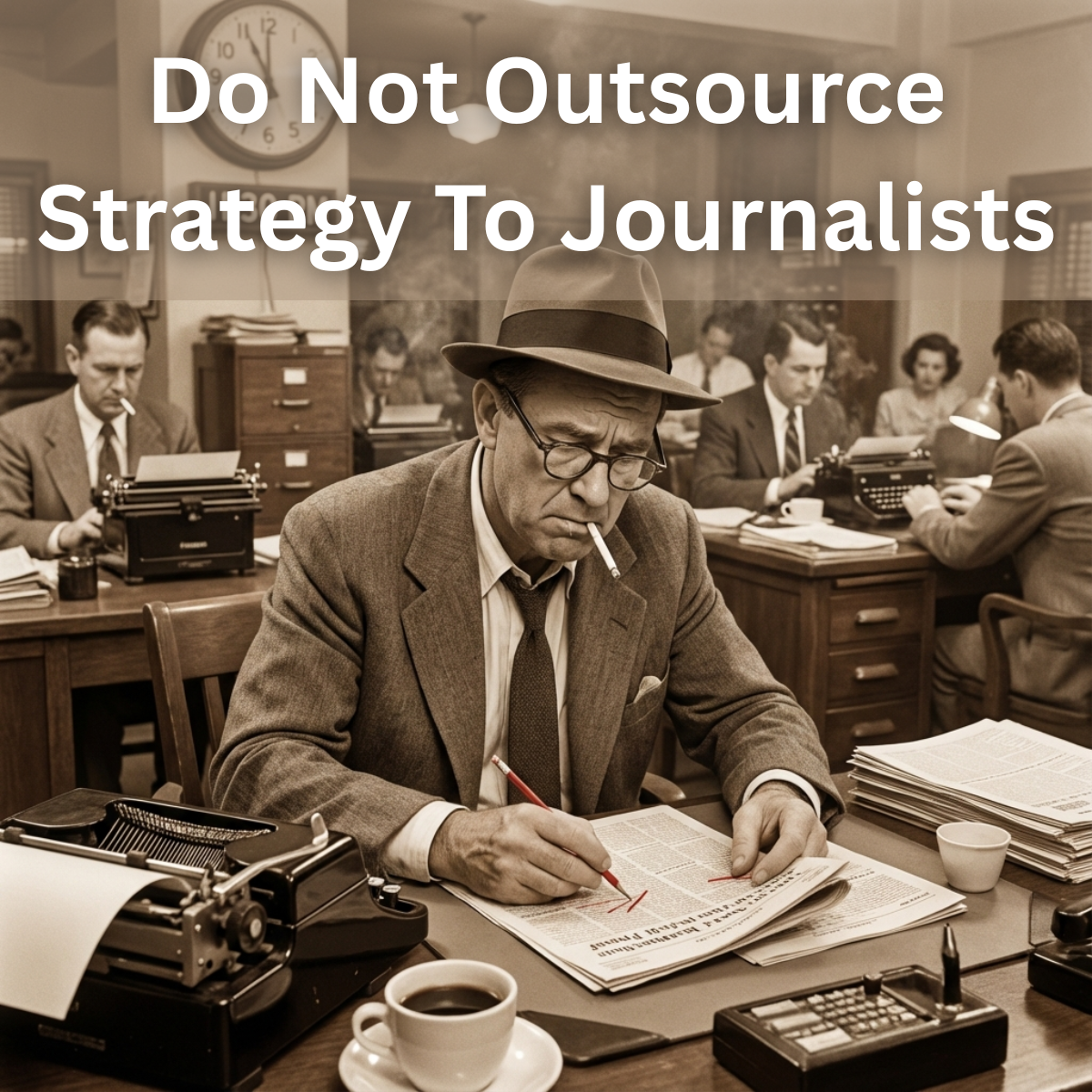Do you ever catch yourself in a cycle of self-destructive behavior? Maybe it’s subtle, like scrolling endlessly through social media when you know it disrupts your sleep, or more apparent, like sabotaging your health after weeks of clean eating. It’s a strange phenomenon, isn’t it? If we saw someone else skiing toward a cliff, we’d shout for them to stop. But when it comes to our own behavior, we sometimes ignore the ticking bomb.
Why is that? Why is it so much easier to recognize and intervene in external dangers than to confront our own internal struggles? Let’s dive in.
External Threats vs. Internal Struggles
External threats are clear and immediate. If a bomb is ticking on a table, you act. If there’s a snake on the path, you avoid it. The danger is obvious, tangible, and urgent. But internal struggles? They’re sneaky. They don’t demand attention; they creep in, disguised as comfort or habit. By the time we notice the harm, we’ve often normalized the behavior.
This lack of clarity is one reason we slip into self-destructive patterns. Unlike a snake, negative thoughts don’t hiss at us. Instead, they whisper, “This isn’t a big deal,” or, “You can deal with this later.” Before we know it, a small indulgence or negative belief snowballs into a full-blown problem.
Emotional Attachments: The Comfort Trap
Self-destructive habits often come with emotional attachments. Think of a friend who celebrates a good moment with a cigarette or the comfort you might feel eating ice cream in front of the TV. These rituals soothe us temporarily, masking the harm they cause over time.
But letting go of these habits can feel like losing a piece of ourselves. They’re tied to moments of comfort, joy, or even relief from pain. That attachment complicates change. The truth is, our brains cling to what feels familiar, even if it’s not good for us.
Cognitive Dissonance and Normalization
There’s often an internal tug-of-war between what we know and what we feel. On one hand, we know a behavior is harmful. On the other, it feels necessary—like that late-night news scroll to “help us sleep.” This conflict, or cognitive dissonance, can paralyze us, keeping us stuck in destructive cycles.
Over time, we normalize these behaviors. A single moment of procrastination turns into a habit. A passing negative thought becomes a recurring theme. The alarm bells stop ringing because we’ve silenced them through repetition.
Facing Fear and Shame
Confronting self-destructive patterns means acknowledging an uncomfortable truth: we are the ones setting the bomb. That realization can trigger fear or even shame. And here’s the paradox—shame often leads to avoidance. Instead of dismantling the behavior, we hide from it, perpetuating the cycle.
This is why external accountability is so effective. A friend can point out your blind spots and help you see the habits you’ve normalized. When it’s just you, the lack of outside perspective makes it hard to recognize the danger.
How to Disable the Bomb
So, how do we treat internal struggles with the same urgency as external threats? Here are a few steps that have helped me:
- Identify Your Patterns: What are the thoughts or behaviors that hold you back? Write them down. Naming them gives you power over them.
- Seek Perspective: Talk to someone you trust. They can help you see what you might be missing and hold you accountable.
- Change Your Environment: Small adjustments can make a big difference. For instance, leaving my phone downstairs at night transformed my sleep routine.
- Act Immediately: The moment you notice a negative thought or behavior, intervene. Interrupt the pattern before it gains momentum.
- Reframe the Threat: Visualize your internal struggle as an external danger. If it helps, imagine you’re walking up to a snake or cutting a wire on a bomb.
Closing Thoughts
Self-destructive habits may not have the immediacy of a ticking bomb, but their consequences are just as real. By treating them with urgency, seeking support, and taking proactive steps, we can disarm the danger and move toward a healthier, more intentional life.
The journey starts with recognizing the bomb for what it is. Then, with courage and clarity, we can defuse it—one habit, one thought, one choice at a time.




